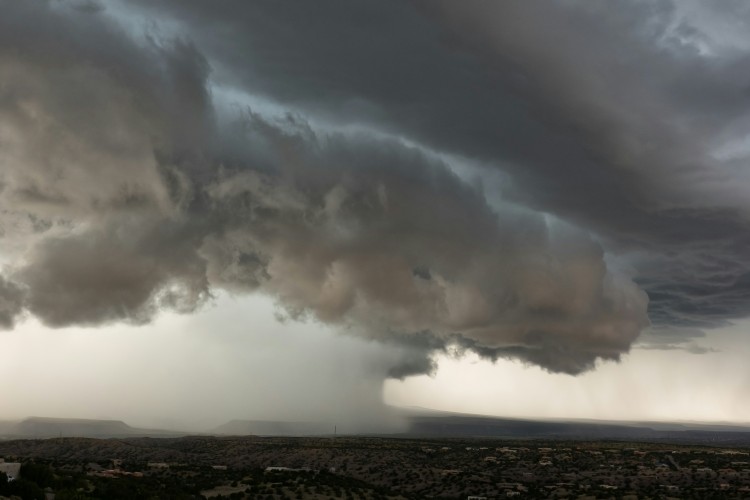
India is expected to experience above-normal monsoon rains in August and September, according to the latest predictions by the India Meteorological Department. The weather agency indicated that its models suggest La Niña or La Niña-like conditions are likely to develop towards the end of August, bringing more rain in September. While August is typically the second rainiest monsoon month, the predicted heavy rainfall does not bode well for crops. This is a concern for the government, as food inflation reached 9.4% in June, and any crop damage could worsen the situation.
In recent years, September rainfall has been increasing, potentially damaging standing crops. This was evident in Madhya Pradesh two years ago when heavy rain in September damaged the soybean crop. Late monsoon rains in September and October can adversely affect winter sowing and contribute to increased air pollution across northern India. The weather patterns towards the end of September and early October will be closely monitored, as this period coincides with the harvesting phase for rainfed kharif crops.
READ | Climate finance: A perfect storm of challenges for India
One major impact of an abnormal monsoon will be on food prices. Last year’s below-normal and erratic monsoon hurt food production and fuelled a hike in food prices. Food inflation, which has risen significantly in recent months, is a major concern for the RBI’s Monetary Policy Committee. Another abnormal monsoon season will exacerbate food inflation, disproportionately affecting the poorer sections of society.
Economists at Barclays India and Goldman Sachs anticipate that the Monetary Policy Committee will maintain its status quo on interest rates during its August 6-8 meeting. The primary reason for this is the surge in food prices, which has halted the recent decline in overall inflation. The Reserve Bank of India has also expressed growing concern about elevated food inflation, as it hinders the central bank’s efforts to achieve sustained price stability.
The Monsoon Situation
This year’s monsoon has been unpredictable—India registered below-normal rainfall in June, experienced proper onset only in July, and is expected to see prolonged, heavy rainfall in September. Indian monsoons have become largely erratic, likely due to delayed western disturbances and Arctic sea ice melting as a result of the climate crisis. As of July, the rainiest monsoon month, India registered 30.5 cm of rainfall, nearly 9% more than normal. Except for northeastern, eastern, and northwestern India, all other parts of the country reported surplus rain, or over 30% more than usual. This was in line with the IMD’s forecast.
Nine years since 2008 have seen below-normal rain in June. Erratic rainfall patterns have wreaked havoc on Indian agriculture. Dry Junes hindered kharif sowing, leading to elevated food prices and high inflation. This was evident when the Agriculture Ministry delayed releasing data on the area sown under different crops.
This year’s monsoon has already brought grim news, with rain-triggered landslides killing more than 200 people in Kerala’s Wayanad and intense spells battering Uttarakhand and Himachal Pradesh. The devastating landslides in Wayanad are a result of climate change. While landslides are not new to the area, their severity and frequency have intensified. Landslides are more common in ecologically fragile areas, and as the monsoons have been producing more short bursts of intense rain, certain soil types have become easier to dislodge, exacerbated by quarrying.
Despite significant scientific progress, India remains highly reliant on monsoon rains. Nearly half of the country’s net-sown area lacks irrigation and depends on the rains to grow crops vital for food security. The crisis is exacerbated as key reservoirs have been running low after an exceptionally dry winter.
Both deficient and excessive rainfall are detrimental to farmers. In light of this, the government must push for adapting and reconsidering cropping calendars, making them climate-smart by incorporating microclimatic changes in rainfall and temperature patterns across states and districts. India needs to prepare for increasingly erratic weather conditions, including inconsistent rainfall, prolonged dry periods, and abnormally high nighttime temperatures.
It is high time that the government and policymakers implement mitigation measures to protect farmers’ livelihoods. The situation also demands an overhaul of water management, especially for supplying drinking water during summers.
